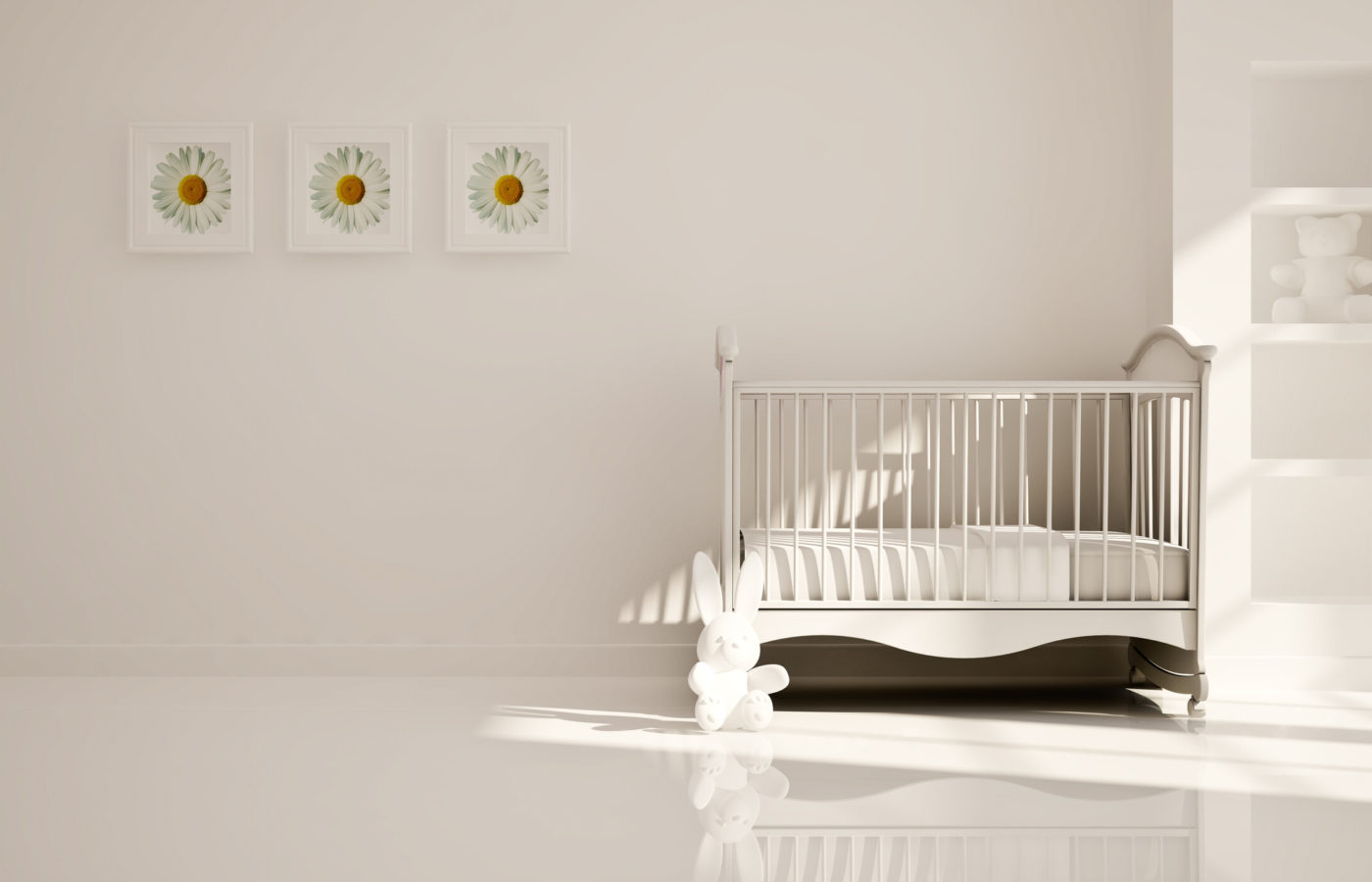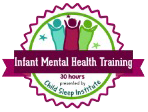As the parents of little ones, you know the importance of babyproofing your home to keep your child safe and secure. You put covers on open electrical outlets, made sure the cords on your blinds are out of reach, and installed baby gates to prevent your little crawler or climber from making a quick getaway. However, it’s not just about creating a safe environment for when your baby is awake and active—it’s also essential for when they’re sleeping, too.
September is the Juvenile Products Manufacturers Association’s Baby Safety Month. So it’s a perfect time to share with you some of the key things to know about keeping little ones safe from harm while they sleep.
- It all starts with the crib.
If your baby is using a crib, you want it to meet all safety standards; keep an eye out for any product recall notices. Take time as you’re assembling it to make sure you don’t miss a step. Even just one loose screw can lead to instability, or a collapsed crib. If you’re missing any parts, get them from the crib manufacturer, not a replacement from the hardware store that looks like it “may” work. Be sure to use the correct side of the mattress for the age of your child. Check the mattress manufacturer specifications, some mattresses have an infant side and a toddler side.
- For bedding, less is more.
I know it can be hard to resist all the cute comforters, crib bumpers, stuffed animals, and blankets you see in baby stores. But when you have an infant less than 1-year-old, they all pose suffocation risks. A fitted sheet and mattress pad are generally all you need, and the mattress should fit the crib so there aren’t gaps between the two. If you’re worried about keeping your baby warm, footed pajamas or wearable blankets work well (and they look adorable, too!).
- Safety still applies to room sharing
If you want to share a sleeping space with your baby, you may want to talk with your pediatrician about options. The American Academy of Pediatrics (AAP) recommends sharing a room for the first 6 months or, ideally, for the first year. “The AAP recommends room sharing because it can decrease the risk of SIDS by as much as 50% …” A good choice would be a co-sleeping bassinet, which gives your infant their own safe space right next to you.
- Back is best for infants
Unless your pediatrician tells you otherwise, always put your baby to sleep on their back until they turn 1 year old. This decreases the risk of Sudden Infant Death Syndrome (SIDS).
- Think about cutting the cord
As your baby gets older and more inquisitive, electrical cords and the pulls on your window shades look like fun playthings. Keep them far away (at least 3 feet) from the crib and baby’s reach, or consider going cordless for things like window treatments, lamps, and baby monitors.
- Babyproofing is an ongoing process.
You’ve followed all the guidelines? That’s great, but your work doesn’t end there. As your baby grows, their safety needs change. Once your baby can get on their hands and knees or stand, it won’t take much to keep them from clambering out of bed. Time to lower the mattress and get rid of any mobiles or other objects hanging above the crib.
- Know when it’s time to transition to a toddler bed.
If your little one regularly tries to scale their crib walls, or is about 3 feet tall, it may be time to make the move to a toddler bed. If you’re nearing this stage and wondering when to make the switch, I have some tips that can help you make your decision, as well as a checklist for creating a safe sleep environment for your toddler.
For parents, every month is Baby Safety Month. We want our children to be safe at home, and that includes where they sleep. In addition to these safety strategies, I also have a list of product resources that can help you create a relaxing, comfortable—and safe—environment for your little one. When you do that, both you and your baby will rest easy!





Comments are closed.